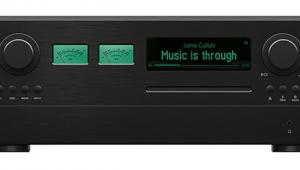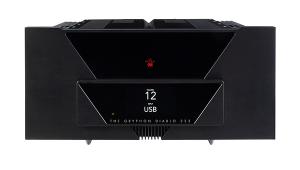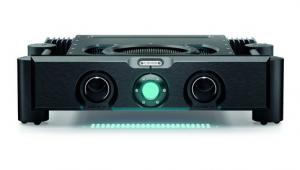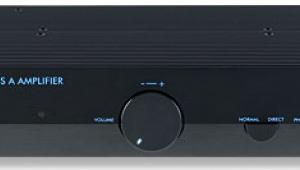Copland CSA100 USB DAC/Integrated Amp A Question Of Phase
The audibility, or otherwise, of 'absolute phase' remains a subject of debate among audiophiles but the ability to invert the phase – more correctly the polarity – of the audio signal has also long been included as a facility on many an outboard DAC, for example. Polarity defines the direction of travel of a signal so, when inverted, positive-going becomes negative-going, and the leading edge of a transient causes a speaker cone to move inwards rather than outwards.
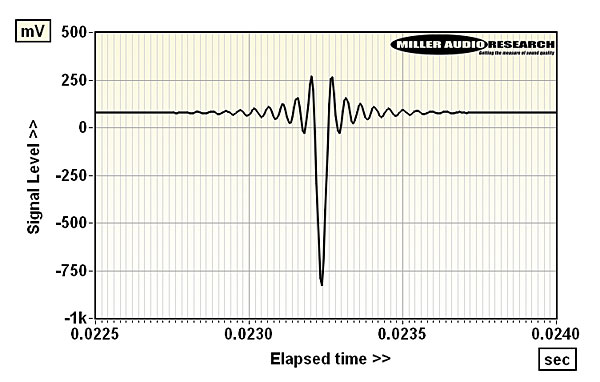
This is perfectly illustrated by a digital impulse processed through the CSA100 [see inset Graph] where the analogue output signal is negative- rather than positive-going. (Note that the pre/post ripples are a function of the DAC's linear-phase digital filter and occur whether absolute phase is maintained or inverted.) So compression of the air in front of a driver cone becomes rarefaction in this simple example and, provided you have a standard pair of passive speakers, you can experiment for yourself by connecting red to black and black to red at the back of the cabinets. Can you hear any difference? In Copland's case, absolute phase is flipped in the tube stage (both channels are routed through a single double-triode here) and this inversion carries through to the speaker terminals and the preamp output. Incidentally, the tape loop retains absolute phase... PM





